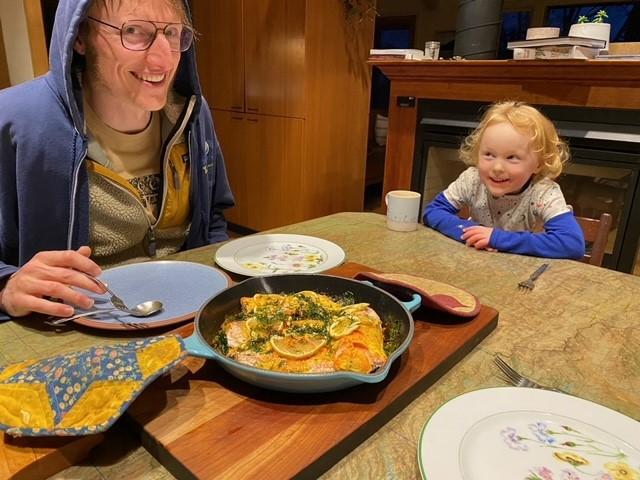
To make is to share, a winter solstice reflection
Every December as the shortest day of light approaches, we like to reflect on the prior year and look to the next. This month, we want to talk about the things people create and share, and how they have the expansive ability to shape and be shaped by our lives and the work we do, today and through the generations.
Food as a love language
Katie Strong, senior staff attorney
This past year, I’ve been really excited to check out different cookbooks from the library and learn from a wide variety of chefs. The book The Cook You Want to Be by Andy Baraghani has a recipe called something like “mom’s salmon,” which is a replica of how his mother cooked salmon for him growing up.

With a freezer full of salmon gifted to us by a friend, my 3-year old’s growing brain to feed, and enticed by the inclusion of one of my favorite spices (saffron), I dove right in.
It got me thinking about all the work we do across Alaska to protect salmon, their habitats, and all the other species and ecosystems that rely on them. As someone who can’t eat salmon myself (it’s like being allergic to Alaska!), cooking a fancy recipe for my family from salmon harvested by a friend gave me a new connection to how Alaskans treasure—and share—one of the foods that really defines this place, and brought new meaning to the work I do to protect Bristol Bay from the proposed Pebble Mine.
An essay, an anthology
Lydia Heye, legal fellow
It is easy at times to look at problems such as ongoing threats to conservation, poverty, racism, or the climate crisis and to feel overwhelmed. As a new attorney, I am troubled when I realize the limits of how the law can be used to address these problems. As an individual, I am easily discouraged when I witness the ramifications capitalist and racist systems have on the environment. Alone, I feel helpless.
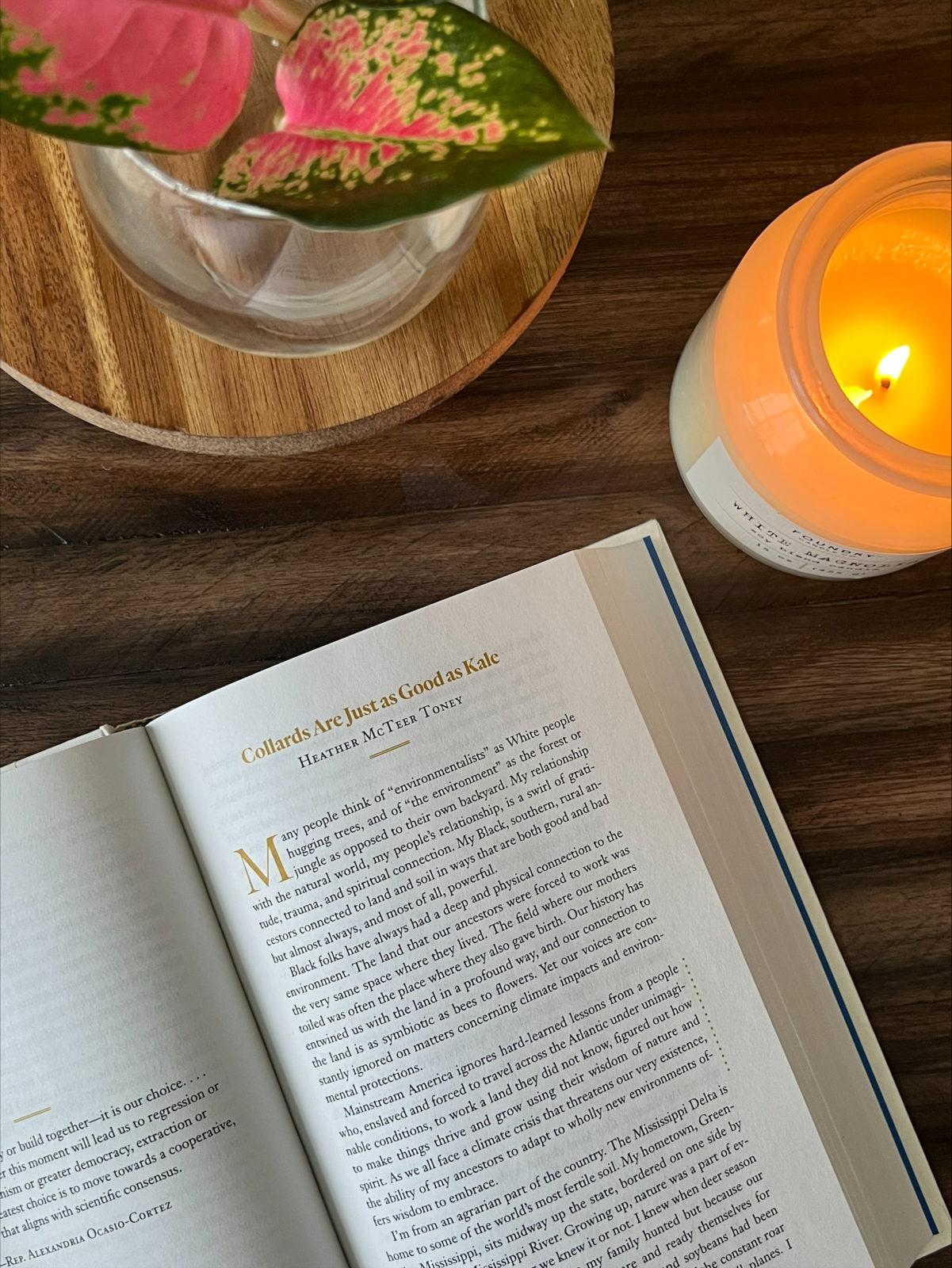
Heather McTeer Toney’s essay, “Collards Are Just as Good as Kale,” in the anthology All We Can Save: Truth, Courage, and Solutions for the Climate Crisis reminds me of the role that I have as a Black woman when it comes to conservation work, but it also reminds of the power that community brings into the environmental movement more broadly. Toney writes, “When I look back on my evolution within environmental work, it has emerged from understanding that all of this – ancestry, nature, faith, and civil rights – is about community. Community is the lens so often left out of the environmental discussion, but it’s vital for identifying real solutions.”
Throughout my time at Trustees, I’ve seen the power of community in the work we do. Whether it’s the community we have within our organization, our coalitions, or the conservation movement broadly, I have witnessed how within community, we can collectively use our tools, talents, experiences, and perspectives to tackle seemingly impossible problems. Together, these problems feel solvable.
Moving like water
Suzanne Bostrom, senior staff attorney
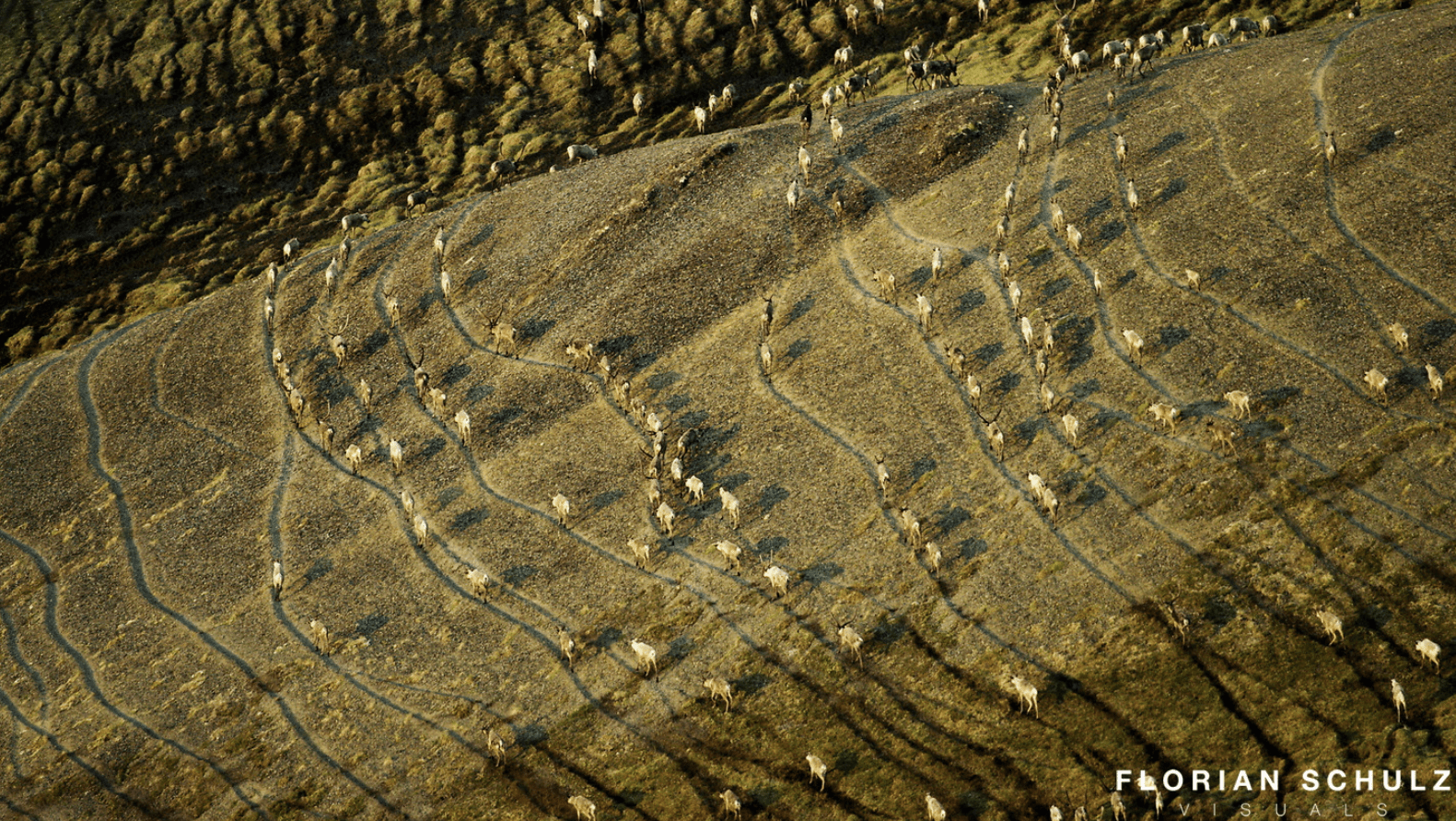
This past summer, I finally had the opportunity to see Florian Schulz’s film, The Arctic: Our Last Great Wilderness, while we were at the Gwich’in Gathering in Old Crow in the Yukon. While I’m always a sucker for a baby musk ox, I was also really struck by the overhead shots showing massive flocks of birds flying across the Refuge and thousands of caribou moving en masse, like water flowing across the landscape. It was a reminder to me of how interconnected all our work is , not only to the actual places we work to protect, such as the coastal plain of the Arctic Refuge, but also to the many communities and places that so many of those species travel to and touch in their own life journeys.
It was even more powerful to have been there in Old Crow for the screening, in the midst of the first Gwich’in Gathering since COVID and where the Gwich’in Nation as a whole once again reaffirmed their commitment to protect the coastal plain and the Porcupine caribou herd from oil and gas.
Doodling as a way of seeing
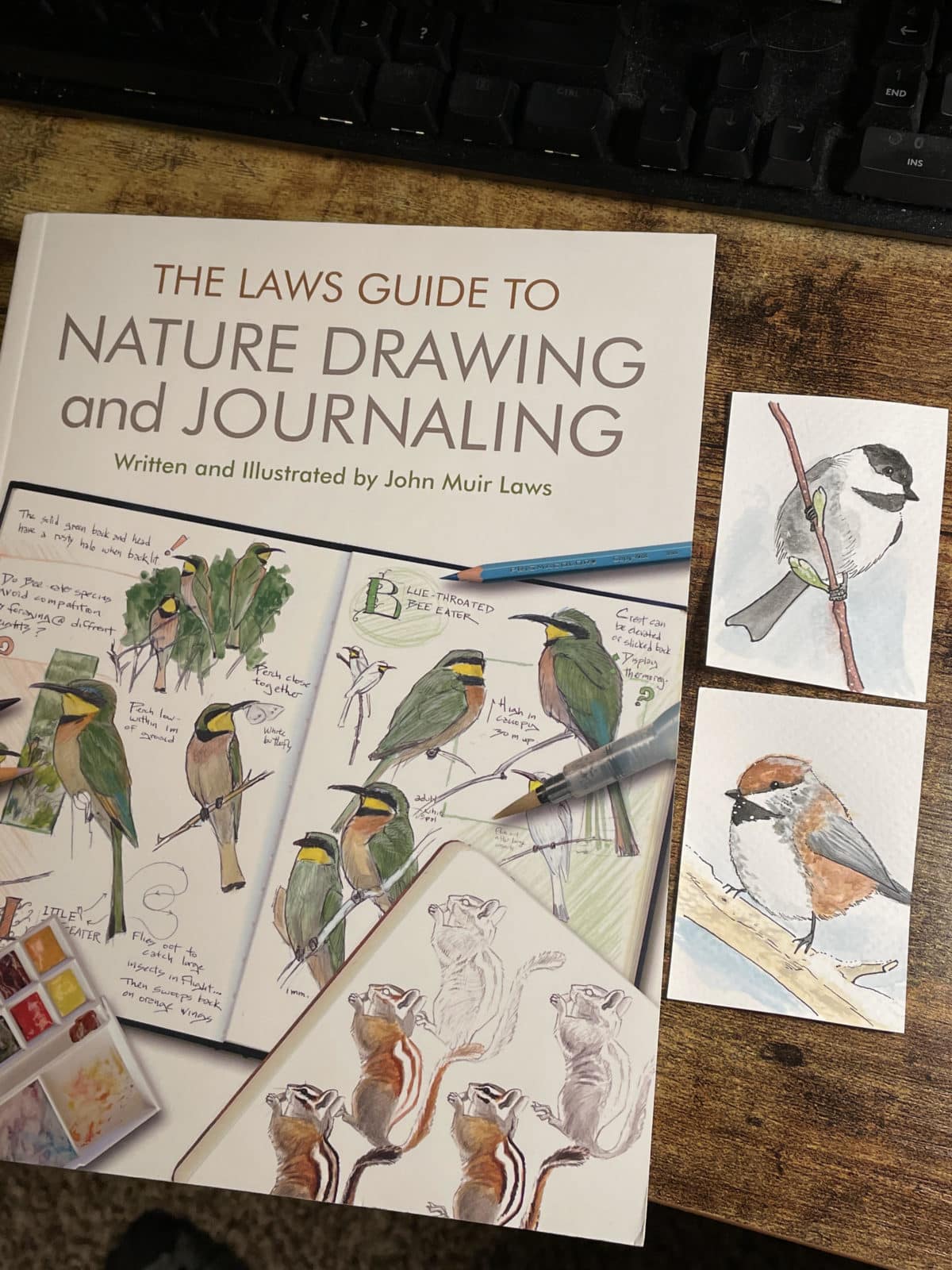
Geoff Toy, legal fellow
One of the best parts of being an environmental attorney is that the work affords an opportunity to learn more about the world.
I have no training in the sciences, but I have been a lifelong sketcher and doodler. Nature journaling combines art and science, which are two ways of looking closely at the world and paying attention to what you see, without relying on preconceptions — which is also a requirement in the practice of law!
The poetry of birds
Tracy Lohman, development director
Foraging as making
Lang Van Dommelon, legal assistant
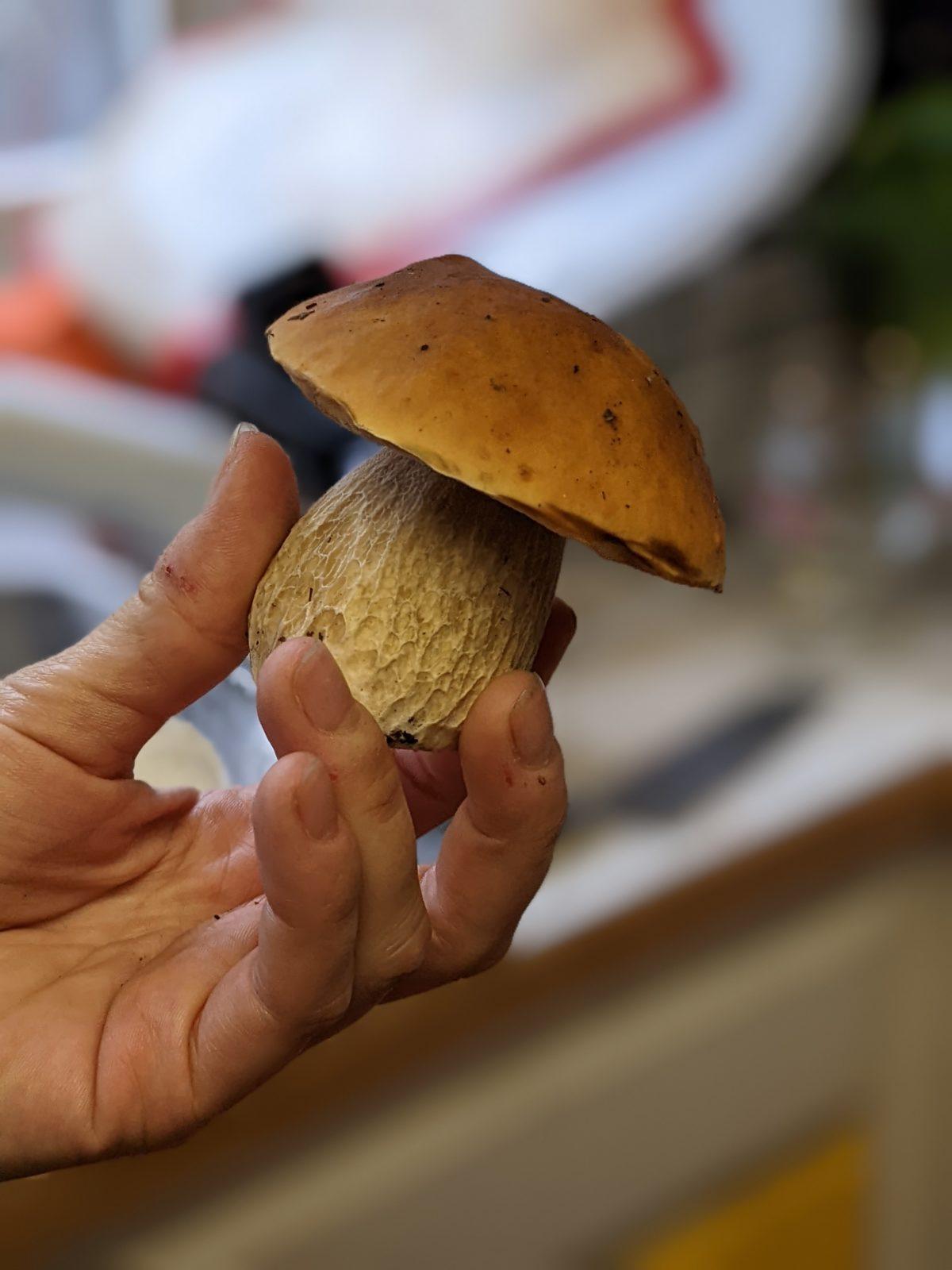
I have always had a fascination with hunting and gathering. I find that these activities are often a great way to stop, slow down and experience the world around us.
I have always loved foraging for mushrooms and how it requires that you readjust your eyes away from the big picture world and focus on small environments of fungi, lichens and moss, we often miss at our feet. I’m sharing a recipe that I have been using to cook up delicious batches of mushrooms that are excellent on their own or as a side.
King Boletes with Sherry
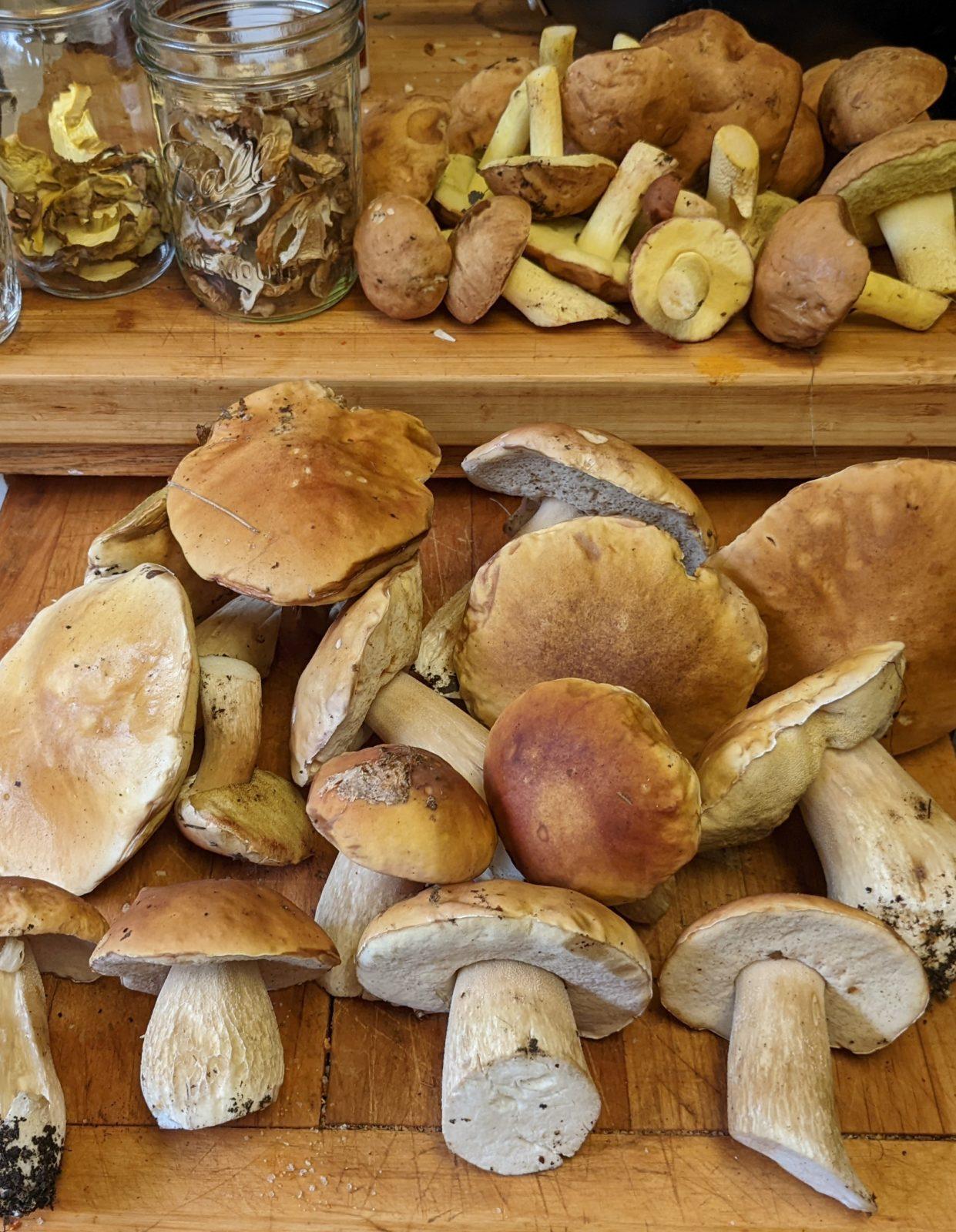
Ingredients:
2 cups sliced or quartered boletes or (or other mushrooms)
2 cloves of garlic, finely chopped
½ stick butter (or olive oil)
½ cup sherry, either cream or dry, I use either and sometimes both, cream makes a sweater dish
Salt and Pepper to taste.
Instructions:
Over medium heat melt butter and add garlic. Once the garlic begins to brown, add mushrooms. Sauté until mushrooms are golden brown. Add sherry and reduce heat, cook until the mushrooms are coated, and the sherry is almost evaporated creating a caramelized glaze. Add salt and pepper to taste.
Hello old friend
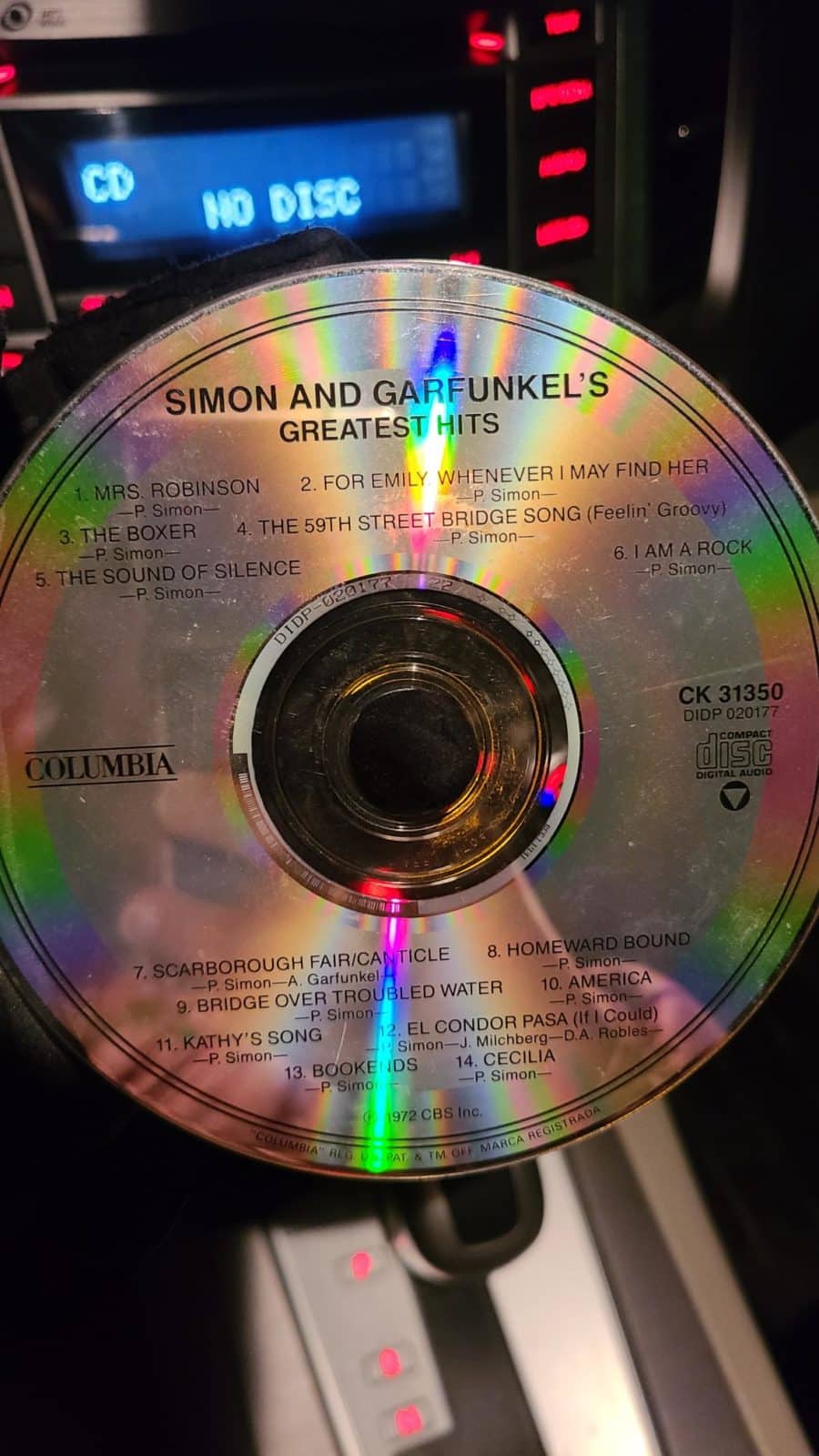
Bridget Psarianos, senior staff attorney
Paul Simon is one of my all-time favorite songwriters because he covers so many different aspects of the world and human emotion. To me his writing is poetry with a fun beat.
As far as relating to our work, I like that El Condor Pasa is about looking around at nature and how we interact with it (“I’d rather be a forest than a street… “I’d rather feel the earth beneath my feet”). I also love the Sound of Silence and how it reminds us how important it is to really listen. And of course, if I’m having a long day, nothing picks me up like jamming to Cecilia – I don’t think it’s possible to hear that song and not feel a little more upbeat.
Ps. Did my mom Moe take me to see Simon and Garfunkel on tour for a birthday present in my late 20s? You’re damn right she did.
Learning from others about being an agent of change
Brian Litmans, legal director
Of all the reads in 2022, at the top of the list is Clint Smith’s How the Word is Passed. Smith visits eight sites from Angola prison to New York City to Senegal, weaving a vivid story that recounts past and present with a reckoning of who we are, what we have been taught, and how we acknowledge or omit parts of our history.
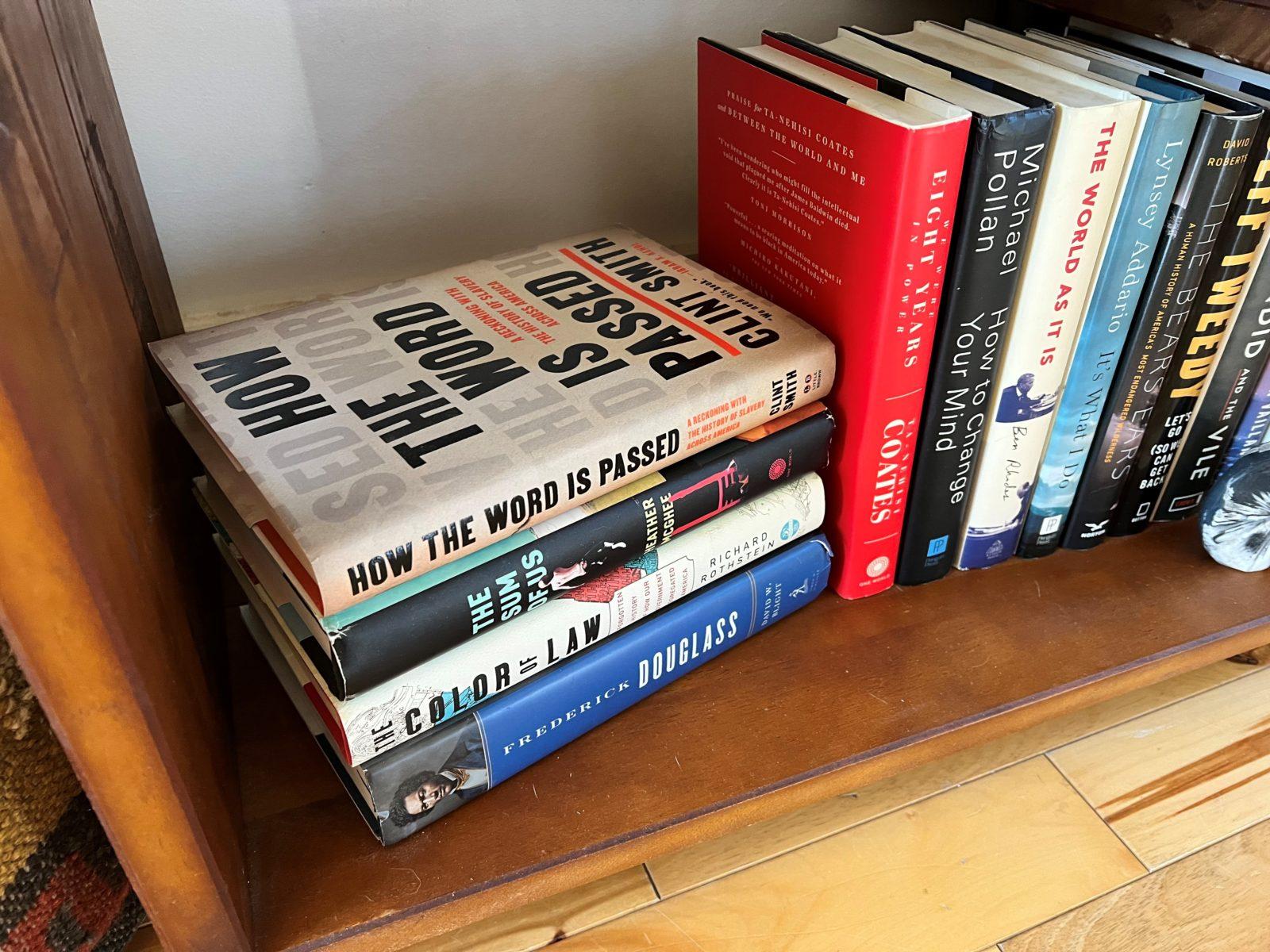
As Hope Wabuke notes in a review of this incredible piece of work, “There is a reason this history is not taught. Education creates knowledge and understanding, which creates a drive for truth, justice, and social change.”
This work, along with others like Heather McGhee’s The Sum of Us (a favorite read from 2021), has helped me better understand who we are and the injustice and oppression that continues and leaves me with more drive to be an agent of change for a more just world.”
The harmony in between
Rachel Briggs, staff attorney
I have much to learn from this print, from local artist Kristin Vantrease (@adriftprints), which evokes a groundedness in the midst of chaos—and a harmony between the two.
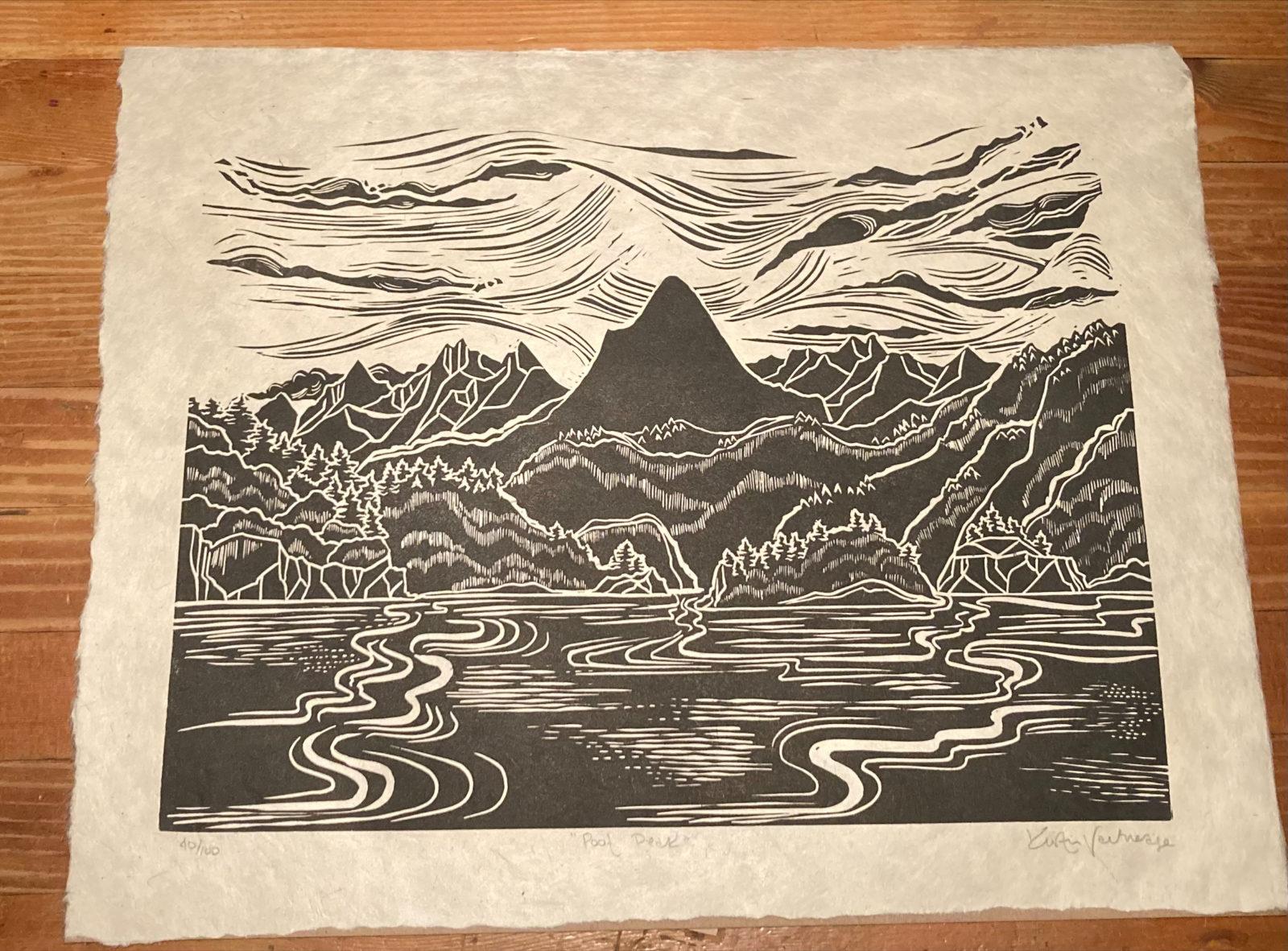
Bringing the dark to light
Dawnell Smith, communications director
I used to write about arts and culture for the local newspaper. I met so many folks when given the space to ask questions and experience so many ways of seeing and expressing the often incomprehensible truths of the world through the things folks made. Sculptures, poems, performance art, theater, music–all the ways we see the fine and literary arts, and also all the other ways people create.
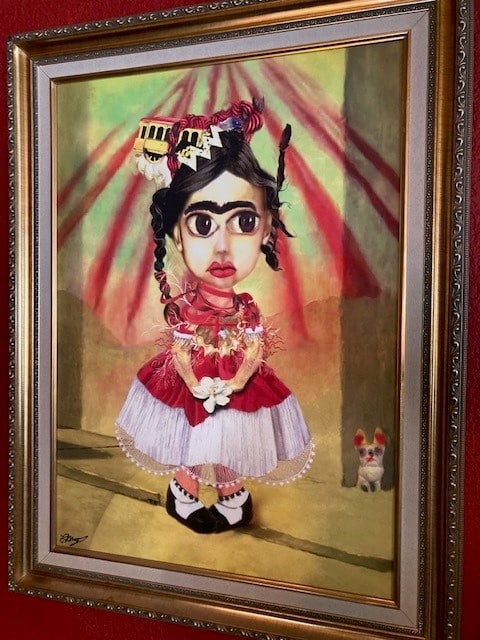
This rendition of Frida Kahlo hangs in my living room. It came to me after Lisa Gray, the artist who made it and a dear friend, died many years ago.
It represents for me not only a vision of the world and its sublime realities through the visage of Frida Kahlo, a divergent and influential artist, but also the way Lisa made connections through and across lives, experiences, continents and periods of time.
Stephen Gray, an artist and Lisa’s partner, gifted this piece as a gesture of these entanglements. We have several of his art pieces in our living room, too.
My kids grew up with these pieces in our small, cluttered and usually dusty house. Sometimes I would hear them talking with their friends about it.
Guests often remark on it. People have questions.
It resonates to me as an artist’s gift and our friendship, and also in how it reflects on how everyone creates the world we’re in, and that the world can be brutal, unflinching, colorful, joyful, exhausting, and crushing.
It reminds me that we choose every day how we engage and respond to it and with each other.
It reminds me to see myself and what I do in my life and work as part of a collective creative act, and to do it with attention to respect for what’s unacknowledged or unpleasant but true, and to what needs to be given light.
Sounding for connection
Vicki Clark, executive director
There’s a book I read in college that has been on my mind lately. It was written in 1982 by Hank Searls and it’s called Sounding. It’s a bit fantastical, but it’s about sperm whales—my favorite creature on earth beside the octopus—so it resonated (pun intended).
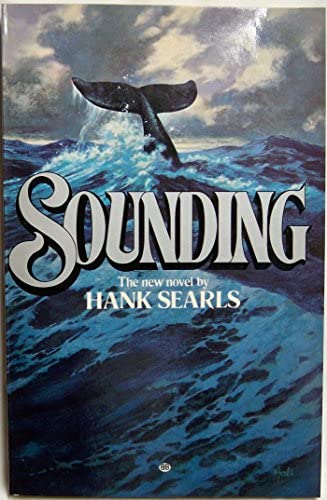
The story is told from the perspective of an aging sperm whale bull who is on his own a few years after giving his pod over to a younger bull. There is so much information about what it must feel like to be alone in the vast oceans and have the ability to communicate with other cetaceans using sonar.
The bull is feeling optimistic because whaling has been curtailed and he is not seeing or hearing about whale slaughter. He wants to share this with his pod so they can let down their guard a bit and go to better hunting areas for food. So, he sets out to meet them on their migration.
He is also hopeful that the world was coming closer to a prophecy that someday humans would evolve enough to understand cetaceans.
There is also a parallel story of a doomed Russian submarine that is stranded in 600 feet of water fairly close to the northeast U.S. This is a story of a paranoid communist officer fearing being found by the Americans who would learn Russian nuclear and submarine secrets. The sonar officer listens for passing vessels and the whales. And those on board struggle with looming death.
What I really love about the book is that it mirrors my own understanding about who everything is connected and that we humans are short-sighted creatures who must look beyond ourselves and this time.
The aging sperm whale understood the cycle of living and breathing and dying and living again. A passage stands out:
There’s a book I read in college that has been on my mind lately. It was written in 1982 by Hank Searls and it’s called Sounding. It’s a bit fantastical, but it’s about sperm whales—my favorite creature on earth beside the octopus—so it resonated (pun intended).
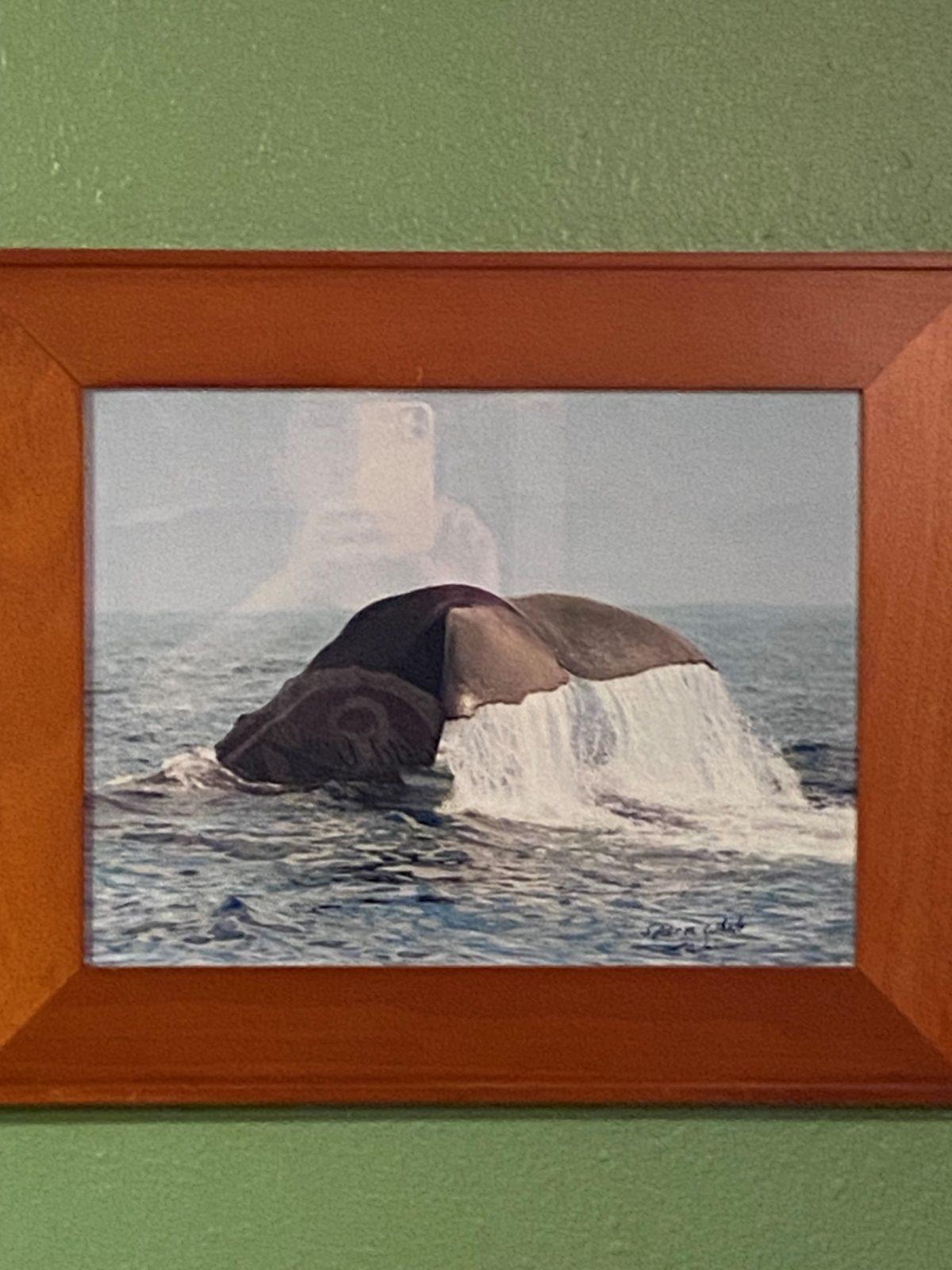
The story is told from the perspective of an aging sperm whale bull who is on his own a few years after giving his pod over to a younger bull. There is so much information about what it must feel like to be alone in the vast oceans and have the ability to communicate with other cetaceans using sonar.
The bull is feeling optimistic because whaling has been curtailed and he is not seeing or hearing about whale slaughter. He wants to share this with his pod so they can let down their guard a bit and go to better hunting areas for food. So, he sets out to meet them on their migration.
He is also hopeful that the world was coming closer to a prophecy that someday humans would evolve enough to understand cetaceans.
There is also a parallel story of a doomed Russian submarine that is stranded in 600 feet of water fairly close to the northeast US. This is a story of a paranoid communist officer fearing being found by the Americans who would learn Russian nuclear and submarine secrets. The sonar officer listens for passing vessels and the whales. And those on board struggle with looming death.
What I really love about the book is that it mirrors my own understanding about who everything is connected and that we humans are short-sighted creatures who must look beyond ourselves and this time.
The aging sperm whale understood the cycle of living and breathing and dying and living again. A passage stands out:
“None but man tried to change the world or the ocean’s surge.
Perhaps man’s vision, like an infant whales, was only of himself. Perhaps his toys were nipples to feed his newborn mind.
Such blindness had seemed harmless for some twenty thousand years. But now men entered emerald depths, probed and tormented the shore, and stood safely astride their islands of land, while their wastes ran into the sea. Their eyes seemed cloudy: They did not see that when plankton and krill and whales were gone, the human end would come.
It seemed to the big sperm bull than men would be the last to know.
And the last to go.”


